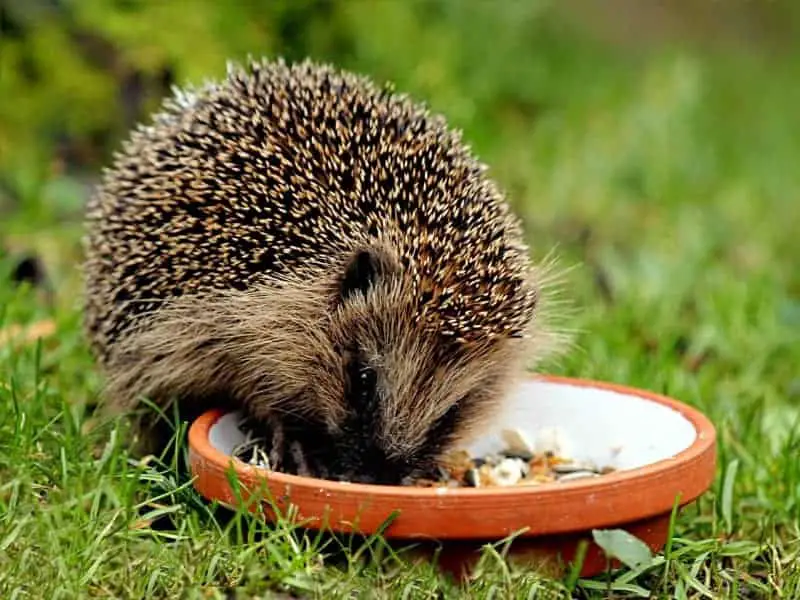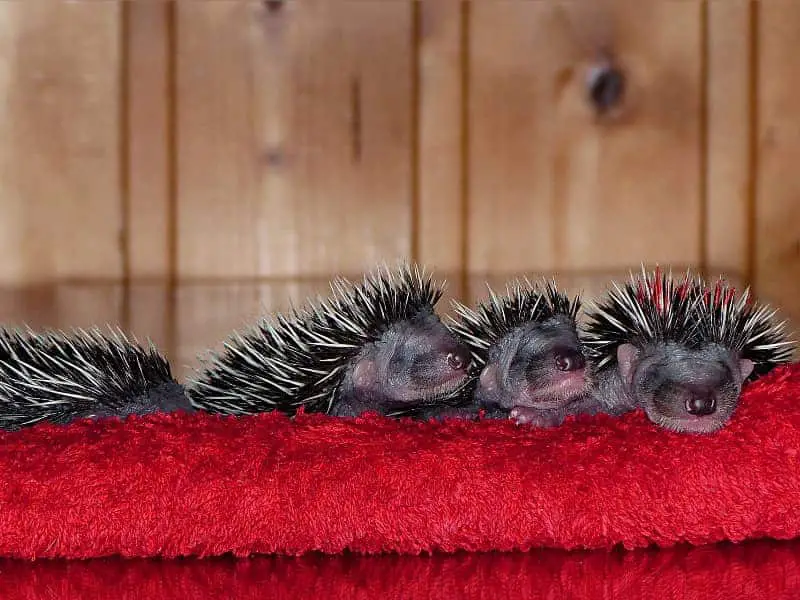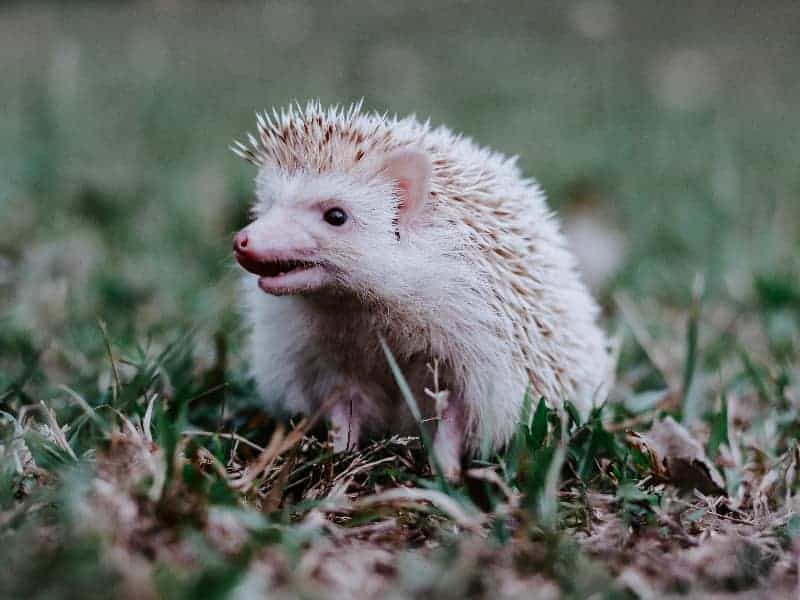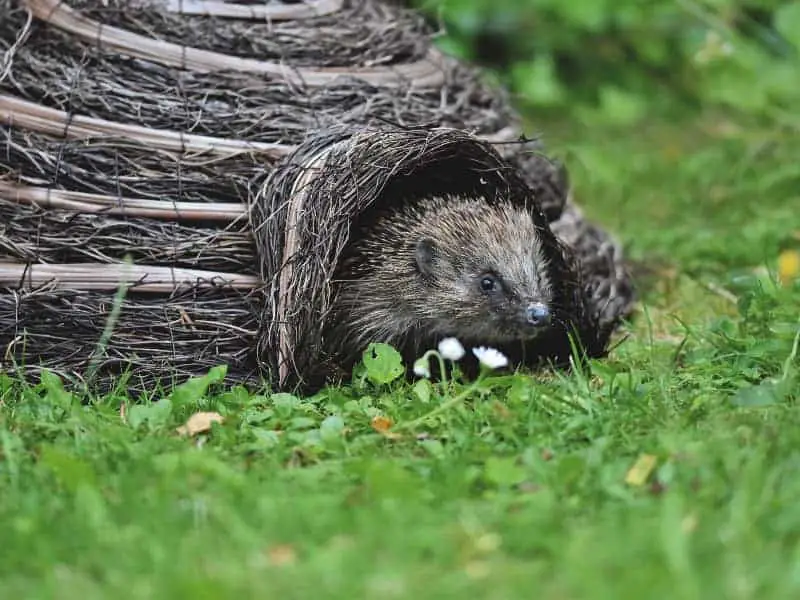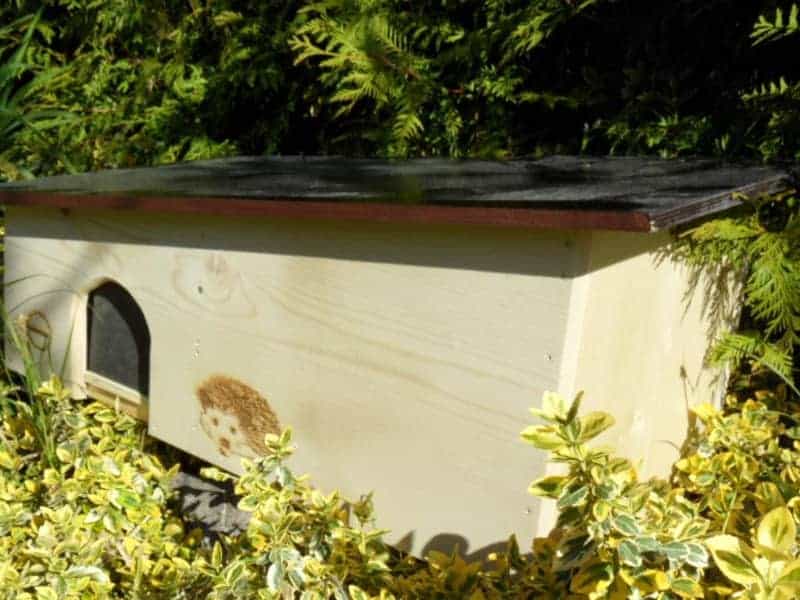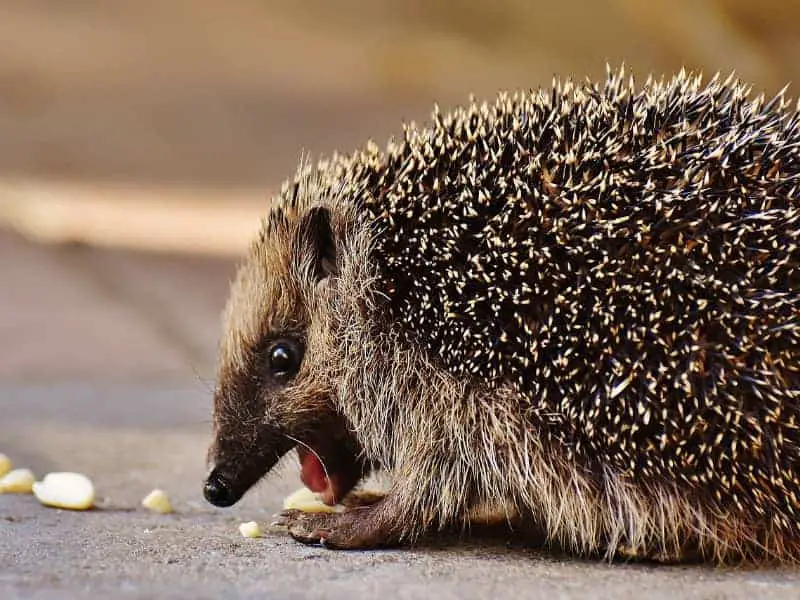
Hedgehog teeth
Hedgehog teeth are crucial to the quality of life of our prickly friends. In this blog post you will learn everything you need to know about hedgehog teeth and how you can promote their health.
Importance of healthy hedgehog teeth
Teeth are not just for a hedgehog to chew on; they are an integral part of its overall well-being. Poor dental hygiene can lead to a variety of health problems, including inflammation, infection and even heart problems.
This brings us to the first important point: a healthy dental life is directly related to the hedgehog's overall health. Problems in the mouth can negatively impact the hedgehog's ability to feed properly, which in turn can affect its overall health. Thus, oral health is not an isolated issue, but has far-reaching implications for the animal.
Basic dental characteristics in hedgehogs
The hedgehog has a fairly simple set of teeth that are specially adapted to its feeding habits. Most wild hedgehogs are insectivores, and their teeth are shaped accordingly to facilitate the crushing of insects, worms and other small animals.
However, the type and number of teeth can vary, depending on factors such as age, diet, and general health. While young hedgehogs have baby teeth, these change to permanent teeth as they age. It is important to understand that a hedgehog's teeth can be signs of many different health conditions, from nutritional problems to disease.
Influence of the diet
A hedgehog's diet plays a crucial role in the health of its teeth. A balanced diet containing all the necessary nutrients can not only strengthen the tooth structure, but also minimize the risk of dental problems.
Another important factor is the consistency of the food. While soft food can increase the risk of plaque and tooth decay, a harder food promotes natural cleaning of the teeth. The key here is to find a balance between the different types of food to keep both the teeth and the hedgehog's entire body healthy.
Anatomy of hedgehog teeth
The anatomy of hedgehog teeth is not only fascinating, but also provides valuable insight into the lifestyle and feeding habits of these animals. In this section, we take a closer look at the various aspects of tooth structure and function.
Number and type of teeth
Hedgehogs have an average of about 36 teeth, which are divided into incisors, canines and molars. This arrangement allows the hedgehog to utilize a variety of food sources, from insects and worms to small plant parts.
The incisors are designed to pick up and hold food, while the molars are used to break food into smaller pieces. This is especially important since hedgehogs are not true "chewing animals" and grind rather than chew their food.
Development of teeth in the life cycle
As with many other animals, a hedgehog's teeth go through various stages of development. In the first weeks of life, young hedgehogs have only milk teeth. These fall out over time and are replaced by a permanent set of teeth.
The teeth continue to develop and can wear down or even break over the years. This is especially common in older hedgehogs that have many years under their belt.
Function of the different types of teeth
Each tooth in a hedgehog's dentition has a specific function. The incisors serve primarily to take in food. They are small, but efficient in performing this task. The canines are the "all-purpose weapons" and are used for a variety of functions, from defense to food intake.
The molars are the real workhorse in a hedgehog's dentition. They are responsible for grinding food and play an important role in digestion. Without healthy molars, the hedgehog would have a hard time processing its food efficiently, which could lead to nutritional problems.
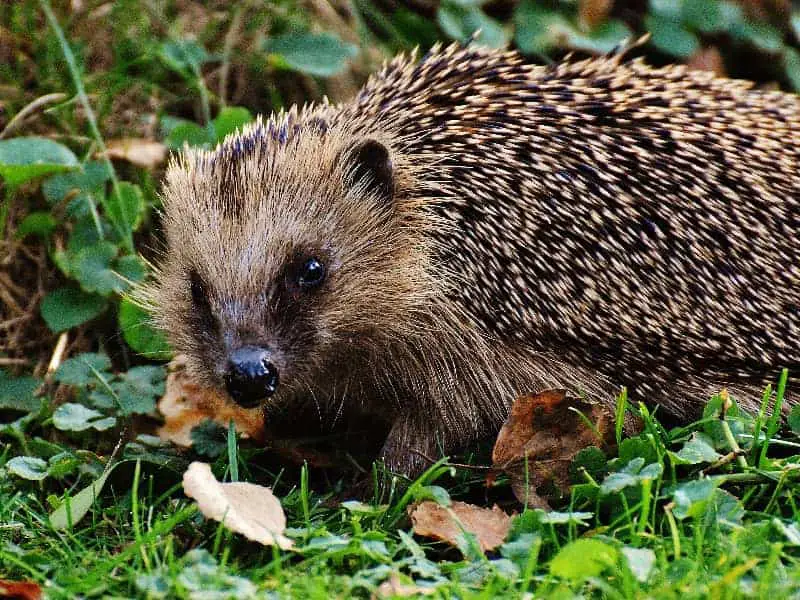
Common dental problems in hedgehogs
While a hedgehog's oral health is robust, a number of dental problems can still occur that can significantly affect the animal's quality of life. In this section, we will address the most common dental problems in hedgehogs.
Tartar and plaque
One of the main reasons for dental problems in hedgehogs is the accumulation of tartar and plaque. These accumulations are caused by food debris and bacteria that build up in the animal's mouth over time.
If this plaque is not removed, it can harden into tartar, which in turn irritates the gums and promotes inflammation.
Inflammations and infections
Inflammation of the mouth can be caused by a variety of factors, including poor oral hygiene, a weakened immune system, or injury. Such inflammations are not only painful for the hedgehog, but can also lead to serious health problems if not treated in time.
Symptoms of inflammation or infection can be varied, from redness and swelling to foul odors from the mouth and throat. In worse cases, abscesses or even systemic infections can occur, endangering the hedgehog's overall well-being.
Tooth loss and wear
With age comes wear and tear, and this is also true for a hedgehog's teeth. Tooth loss or wear can be caused by natural processes, accidents, or nutritional deficiencies. The loss of a tooth can be problematic because it may limit the hedgehog's ability to eat.
Conclusion: hedgehog teeth
A hedgehog's teeth are a fascinating and complex part of its anatomy that is important to its diet, lifestyle, and even overall health. From the specialized design of the incisors, canines and molars to the challenges associated with dental problems, there is much to discover and understand.
Although hedgehogs are hardy animals, they are not immune to dental problems, which can range from tartar to serious infections. Overall, oral health plays a crucial role in a hedgehog's life. Not only does it affect the animal's food intake and thus energy supply, but it can also have an impact on its well-being and quality of life.
Knowledge about the anatomy, function and care of hedgehog teeth can help ensure that these fascinating animals can lead healthy and fulfilling lives. In this way, we can ensure that the prickly friends that populate our gardens and forests continue to be well cared for in the future.
FAQ: Everything you need to know about hedgehog teeth
How many teeth does a hedgehog have?
An adult hedgehog usually has 36 teeth. These are composed of incisors, canines and molars and each has specific functions when eating.
Are the teeth of a hedgehog sharp?
Yes, a hedgehog's teeth are quite sharp, especially the incisors and canines. These are primarily there to grab and cut up food.
What do hedgehogs prefer to eat?
Hedgehogs are omnivores, but they prefer protein-rich foods such as insects, small vertebrates, and some plant materials. Their teeth are perfectly designed to crush this variety of food.
What are signs of dental problems in hedgehogs?
Signs of dental problems can include bad breath, visible buildup of tartar or plaque, bleeding gums, or a change in eating habits.
Can hedgehogs get gingivitis?
Yes, like other animals, hedgehogs can get gingivitis.
What happens when a hedgehog loses a tooth?
Tooth loss can affect a hedgehog's ability to feed and can have serious consequences for the animal.
Can dental problems affect a hedgehog's overall health?
Yes, unresolved dental problems can lead to malnutrition, weight loss and even systemic infections that can affect the hedgehog's overall health.
Author

-
Garden animal - A life with nature
Welcome to my animal blog! My name is Dirk and I am happy to take you on my journey through the fascinating world of animals and gardening.
Born 54 years ago, I have had an insatiable curiosity for the animal world around me since childhood. Although I have moved professionally in other industries, my true passion has always been animals and nature. It is remarkable how a small garden has become such an important part of my life.
Many of my fondest memories are associated with the animals that share our home. Whether it's the curious squirrels that scurry across the trees in the morning, the colorful variety of birds that visit our feeders, or the busy bees and butterflies that pollinate our flowers, every moment with them is invaluable to me.
This blog is my contribution to share my experiences, discoveries and insights with like-minded people. Here I will share stories of unforgettable encounters with animals, give tips on gardening and creating wildlife-friendly habitats, and take you on my journeys through nature.
Thank you so much for being here!
Cordial,
Dirk aka garden animal
Last posts
- 27. February 2024PetsVeganes Hundefutter – Grün und Gesund?
- 18. January 2024ChickensOregano für Hühner
- November 27, 2023HamsterDiurnal hamsters
- November 24, 2023HamsterHamster hammock

